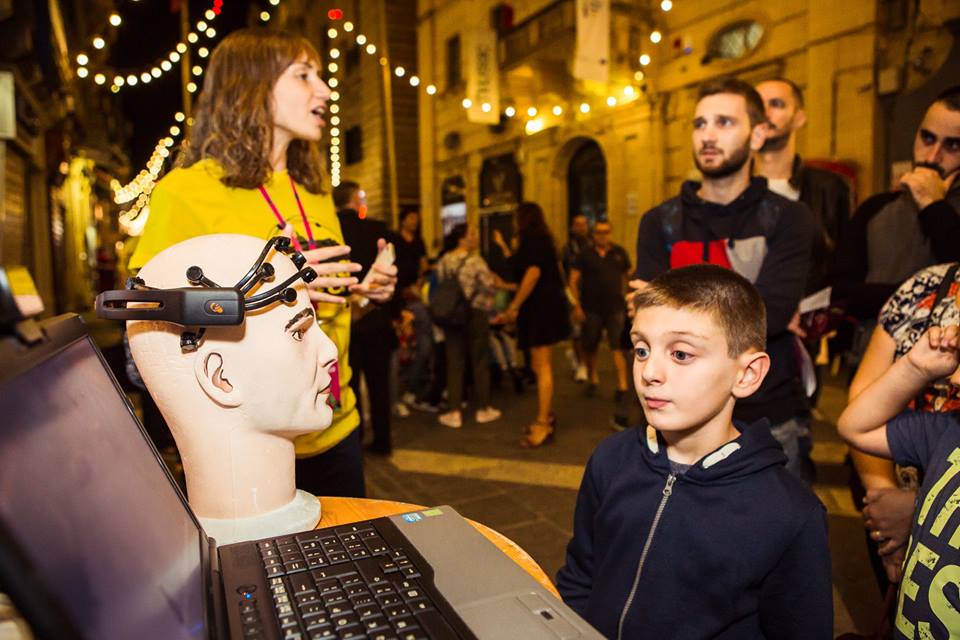Wildeye - Passive Eye-Gaze Tracking
AN AWESOME INNOVATION
Wildeye - Passive Eye-Gaze Tracking
Project WildEye is a collaboration between Seasus and the University of Malta which proposes a passive eye-gaze tracking platform aimed to provide an alternative communication channel for persons with physical disabilities, permitting them to perform mundane activities such as to operate a computer, hence improving their quality of life and independence, or for healthy individuals as an alternative access method.
In this platform, eye and head movements are captured in a stream of image frames acquired by a webcam, and subsequently processed by a computer (and possibly mobile devices) in order to estimate the gaze direction according to the eye and head pose components. Mapping the eye-gaze to a computer screen permits commands to be issued by the selection of icons on a suitably designed user interface. This project addresses challenges associated with eye-gaze tracking under uncontrolled daily life conditions, including handling of head and non-rigid face movements, and reduction or elimination of user calibration for more natural user interaction.
The WildEye project is financed by the Malta Council for Science & Technology through FUSION: The R&I Technology Development Programme 2016.
Abstract
Eye movements have long been recognised to provide an alternative channel for communication with, or control of, a machine such as a computer, substituting traditional peripheral devices. The ample information inherent to the eye movements has attracted increasing interest through the years, leading to a host of eye-gaze tracking applications in several fields, including assistive communication, automotive engineering, and marketing and advertising research.
This project proposes a passive eye-gaze tracking platform aimed to provide an alternative communication channel for persons with physical disabilities, permitting them to perform mundane activities such as to operate a computer, hence improving their quality of life and independence, or for healthy individuals as an alternative access method.
In the proposed platform, eye and head movements are captured in a stream of image frames acquired by a webcam, and subsequently processed by a computer (and possibly mobile devices) in order to estimate the gaze direction according to the eye and head pose components. Mapping the eye-gaze to a computer screen permits commands to be issued by the selection of icons on a suitably designed user interface. This project addresses challenges associated with eye-gaze tracking under uncontrolled daily life conditions, including handling of head and non-rigid face movements, and reduction or elimination of user calibration for more natural user interaction.
For more information about this project and to keep yourself updated about ongoing developments, please visit and subscribe to www.facebook.com/pg/wildeyemlt


